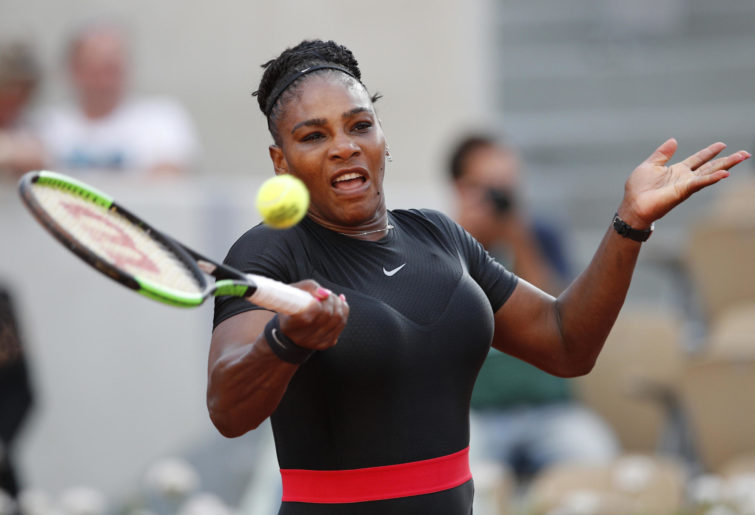Demon slays the King: de Minaur savours 'once in a lifetime' moment after knocking off Nadal on clay
Rafael Nadal has hailed the brilliance of Alex de Minaur, calling him "a great player" after the Australian forced the Spanish legend to say…
‘Rethink summer’ – the marketing tag for this year’s Australian Open – may prove prophetic.
As the forecast 35C heat set in at the Australian Open, players and spectators alike would have been asking burning questions about the future staging of summer tennis.
Should it all be played at night, on nice, cool grass – or at least after 3pm?
Melbourne’s summer heat is predominantly cooked up in the north of the nation and dragged down by northerly winds or a surface trough. It rarely lasts more than two consecutive days before a sudden and sometimes dramatic cool change sets in from the Southern Ocean.
Even though in perspective, Melbourne’s daytime temperatures were on par to those overnight in Marble Bar for the last six weeks, the danger of prolonged sun and heat exposure remains.
Perth sports fans were lambasted nationally for not turning up in their masses to support the second cricket Test last month, when the first three days were in the high 30s.
The heat was also on for the Adelaide Test, which reverted back to a daytime slot after staging its more comfortable day-night match in the past two years. The resulting lower attendance numbers may see it become a permanent day-night match.
Western Australian residents are generally sun smart, but while the debate raged over whether the shaded seating in the new arena was closed, the idea of sitting in the direct sun for six hours proved to be a deal breaker – particularly for seniors already on first-name terms with their skin-cancer specialist.
While Test cricket players at least help themselves with heat tolerance during the six hours in the sun by donning the cream or white coloured uniforms, tennis players seem to be slaves to their clothing sponsors, wearing a myriad of dark colours, including all black.

Serena Williams (AP Photo/Christophe Ena )
During a 40C day at the 2018 Australian Open, French player Gael Monfils complained about the heat on Rod Laver Arena – and he wore a completely black outfit. The only player that day in all-white was – predictably – WA country girl Jessica Moore.
The complaints from the players last year led to yet another revision of the Extreme Heat Policy at the Open, which is enacted at the referee’s call when the ‘Heat Stress Factor’ reaches five on a scale derived from ambient temperature and humidity. The scale reading on Monday was 3.5 at 4:27pm (AEDT) when the air temperature was 31.7C.
Being from Queensland, Priscilla Hon was clever enough to wear all white during her match on an outside court but she still suffered cramps and a third set fadeout against WA’s Astra Sharma.
While not every day at this year’s Open will be baking, with the forecast in the low 20s by the weekend, the threat of sun damage will still be there.
The Open made positive in-roads into providing more shade on outside courts five years ago and promoted a number of other spectator heat-relief methods, including several large water-misting fans around the grounds.
However, it is staged on heat-retaining hardcourts, surrounded by bowl-shaped concrete stands – with little to no air flow – and black tarmac walkways, which combine to exaggerate the ambient temperature.
Despite this level of discomfort, more than 65,000 attended this year’s first day session, forming long queues on the hot tarmac outside the main gates before opening time. Although the crowd appeared massive to the naked eye, it was down nearly 8000 on the corresponding 2018 session.
The crowds are still here – for now. Should the current crop of drawcards like Roger Federer, Rafael Nadal and Serena Williams fail to be replaced by equally spellbinding players, it may not be the case in the future.
As summer sporting event promoters like Cricket Australia, Tennis Australia and even music festivals strive to put bums on seats, no matter how good the match or event is, if they continue to do so in the heat and the burning midday sun, people just might vote with their feet and opt to watch in an air-conditioned, melanoma-free loungeroom.